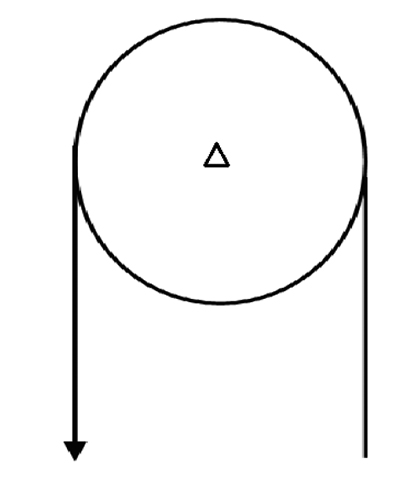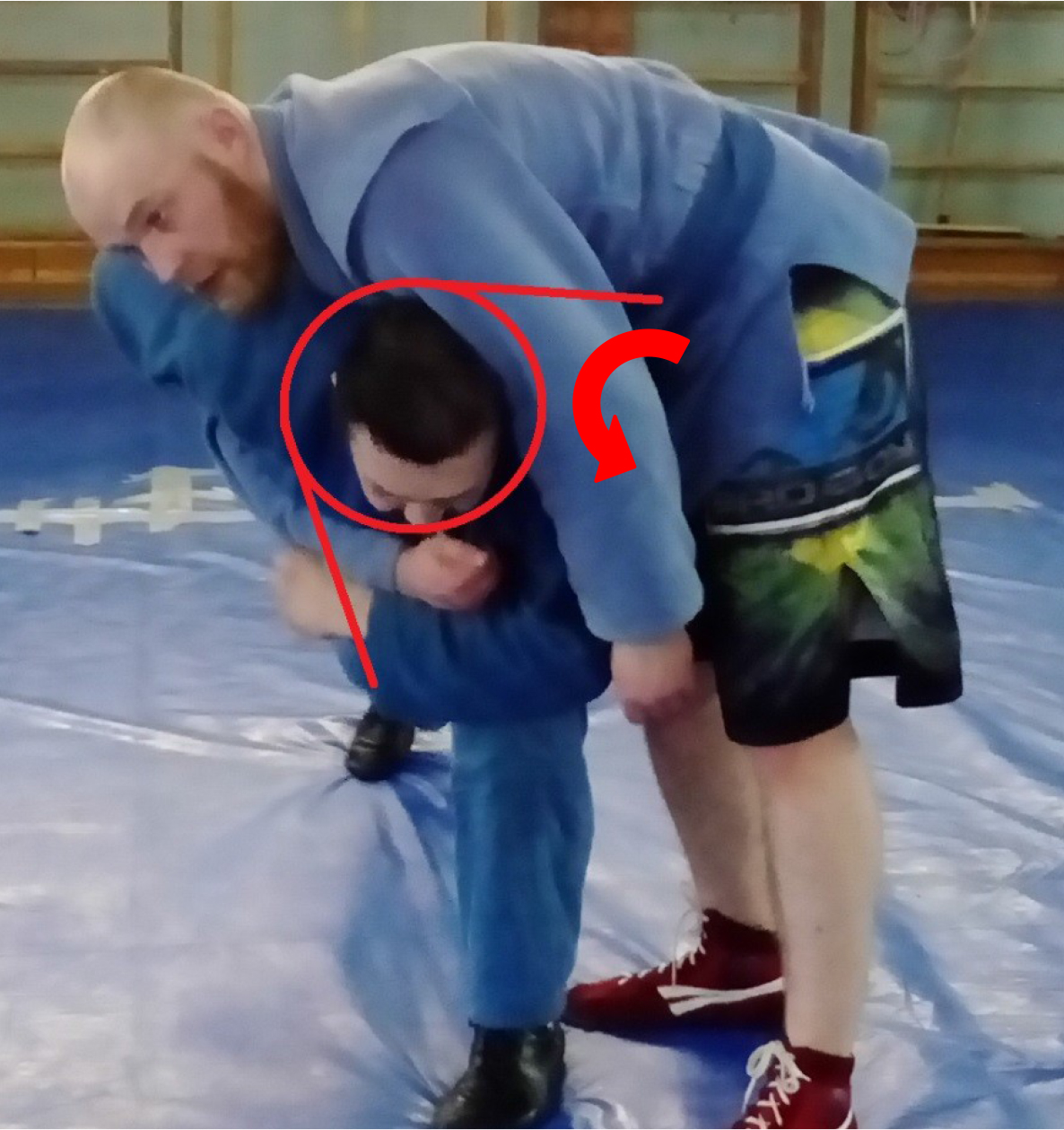Biomechanical classification of actions in wrestling
Фотографии:
ˑ:
Dr.Hab., Professor A.G. Levitsky1
D.A. Matveyev1
PhD, Associate Professor A.A. Potsipun2
PhD, Associate Professor O.V. Oshina2
O.V. Kholodkova2
1Lesgaft National State University of Physical Education, Sport and Health, St. Petersburg
2St. Petersburg State University, St. Petersburg
Keywords: biomechanics, wrestling, technique.
Background. One of the key problems of biomechanical profiling being applied for analyses of the wrestling sport processes is the computation procedure to generate objective athletic performance rates. It could be beneficial in this context to develop a classification of throws based on the models applied in traditional mechanics. The classification could facilitate the relevant performance rating and analysing procedures and throwing technique profiling studies.
Partially the above issue was addressed in the classification developed by A. Sacripanti [1, 2] who distinguished lever and force couple throws. The lever group includes the throws applying a lever as described in popular physics. The force couple group implies a wrestler applying a couple of opposite forces to the opponent. However, the above classification appears being too simplified for the biomechanical analyses and profiles of the throw techniques and the relevant research. We believe that it may be beneficial to complement the above classification by the following two classification groups: mechanical block group and combined throws group.
Objective of the study was to develop a biomechanical description of the mechanical block group and combined throws group under classification the wrestling throw techniques.
Study results and discussion
Block throws
Throws classified with this group may be described as driven by the block action as analysed by traditional mechanics: see Figure 1. Outer wrap around throw (soto-maki-komi) may be considered as a typical throw in this group: see Figure 2.
This throw modelling (block-based) tool is advantageous for the reason that in traditional mechanics you can find the relevant formulae that can be used to compute the physical rates profiling the block action. For example, given hereunder is the assessment of the mechanical work performed by the attacker in the outer wrap around throw with application of a simplified model including a block, inextensible cord and weight.
Let us assume that in the throw process the block rotates by angle φ due to rotation moment mz with some downward progressive movement. Hence, the work performed by the block may be described as a combination of summarised rotation works and progressive movement.

Figure 1. Block

Figure 2. Outer wrap around throw
Let us designate the work performed by the block as A, block rotation work as А1 and progressive movement related work as А2:
.Now if we apply a few simple formulae offered in traditional mechanics, the work performed in the throw process may be formulated as follows:
Where m is the block mass; H is the primary height of the block; h is the final height of the block; and g in the gravitational acceleration [3]. The wider is the rotation angle φ the higher is the work performed by the block. If the attacker acts without a body rotation, the work performed by the block is reduced to the downward progressive movement. When the rotation angle is 30о (≈0.5 radian), the work performed by the block will amount to half of the rotation moment of 90о (≈1.6 radian), this work will amount to 1.6 of the rotation moment, i.e. will be 1.5 times higher. In the outer wrap around throw demonstrated by A. Goncharov, Master of Sports of the USSR, the body rotation was estimated at above 180о (3.14 radian) that means that the rotation work is 3 times higher [4].
In the hip-roll throw technique demonstrated by two-times Olympic Champion T. Koga, the body rotation angle was estimated to come at times to 270о (≈4.7 radians) i.e. the rotation work is 4.7 times higher [5]. Therefore, there are good grounds to state that the block technique should be applied when the occasion requires i.e. when it allows the higher work being performed and more energy being applied in the throw action.
Rotation moment means the vector product of the vector radius in the force application point multiplied by the force vector. The higher is the athlete’s mass the higher is the rotation force and, hence, the work performed in the throw action. Therefore, the block throw techniques may be recommended for the heavyweight categories. Analyses of the modern competitive practices demonstrate that the outer wrap around throw is most popular in the heavyweight categories in fact.
The above example is rather simplified since the defending athlete being considered a passive point load implies high inaccuracy. In more accurate calculations, an opponent’s body may be modelled as a cylinder, ball or cluster of shapes. More detailed study of the video-captured attacker’s actions shows that the block moves (in case of outer wrap around throw) diagonally rather than strictly downward. This finding needs to be taken into account in analyses of the attacking actions to compute the performed mechanical work more accurately.
Combined throws
Classified with this group may be the throws that combine the above-described throws. A good example of this throw is the hip-roll demonstrated by two-times Olympic Champion in judo T. Koga (Japan) [5]. He applies lever in the starting phase of the throw technique followed by the body rotation i.e. block throw technique. The combination results in the high-amplitude highly effective throw technique. Biomechanical accounts of this group throws should naturally be composed of the relevant elementary throw biomechanics to describe the combination. In the hip-roll throw technique demonstrated by T. Koga, the lever and block techniques are combined.
Conclusion. The proposed classification makes it possible to generate physical values to rate throw execution techniques. In case of a outer wrap around throw, for instance, the action may be 3 times more efficient if the rotation angle is duly increased.
The proposed classification may be applied in the education and training process at technical universities. The relevant mechanical process models may be used to reinforce the interdisciplinary connections and learning quality in the academic Physical Education discipline and the core academic discipline. This will encourage further interest of the students in the studies and improve the learning process quality and, consequently, the technical background of the students and their motivations for the academic and training process.
In some cases the motor skill mastering process with due biomechanical models being applied may be more understandable and efficient than the traditional imaging and comparing technology. The lever and block application principles and tools may be more understandable than the personal experience and sensations of some other athlete for they are always very individual. The traditional models applied in mechanics may be more efficient in facilitating the wrestling skills mastering process. The proposed classification may be supplemented by grouped technical actions based on some other process models applied in traditional mechanics.
References
- https://arxiv.org/ftp/arxiv/papers/1506/1506.01372.pdf
- http://www.Academia publ..edu/2401906/A_Biomechanical_Reassessment_of_the_Scientific_Foundations_of_Jigoro_Kanos_Kodokan_Judo
- Janelidze G.Y. Teoreticheskaya mekhanika v primerakh i zadachah. Ucheb. posobie dlya zaochnykh i vechernikh vtuzov. V. 2 [Theoretical mechanics in examples and problems. Study guide for correspondence and extramural technical colleges]: Dinamika: Nauka publ., 1964, 663 p.
- https://www.youtube.com/watch?v=BRUTvc_7FjY
- https://www.youtube.com/watch?v=YGkskmtoluE
Corresponding author: khubbiev@gmail.com
Abstract
The study offers a biomechanical classification of actions in competitive wrestling based on the traditional description of objects in modern mechanics. Standing technical actions are classified into the following 4 groups: force couple; lever; mechanical block; and combined throws. The proposed classification makes it possible to generate physical values to rate throw execution techniques. In case of an outer wrap around throw, for instance, the action may be 3 times more efficient if the rotation angle is duly increased.
The proposed classification may be applied in the education and training process at technical universities. The relevant mechanical process models may be used to reinforce the interdisciplinary connections and learning quality in the academic Physical Education discipline and the core academic discipline. This will encourage further interest of the students in the studies and improve the learning process quality and, consequently, the technical background of the students and their motivations for the academic and training process. The proposed classification may be supplemented by grouped technical actions based on some other process models applied in traditional mechanics.




